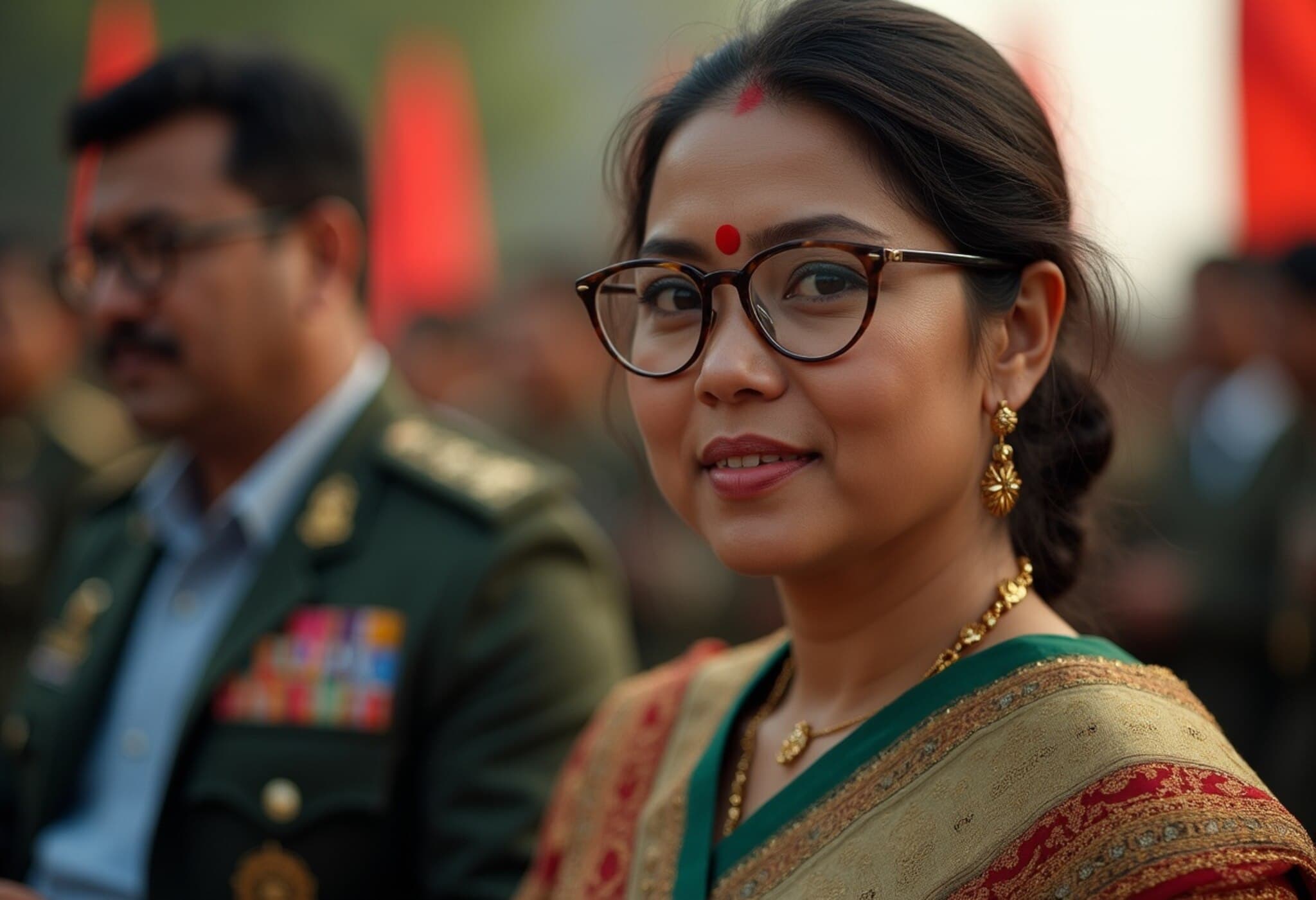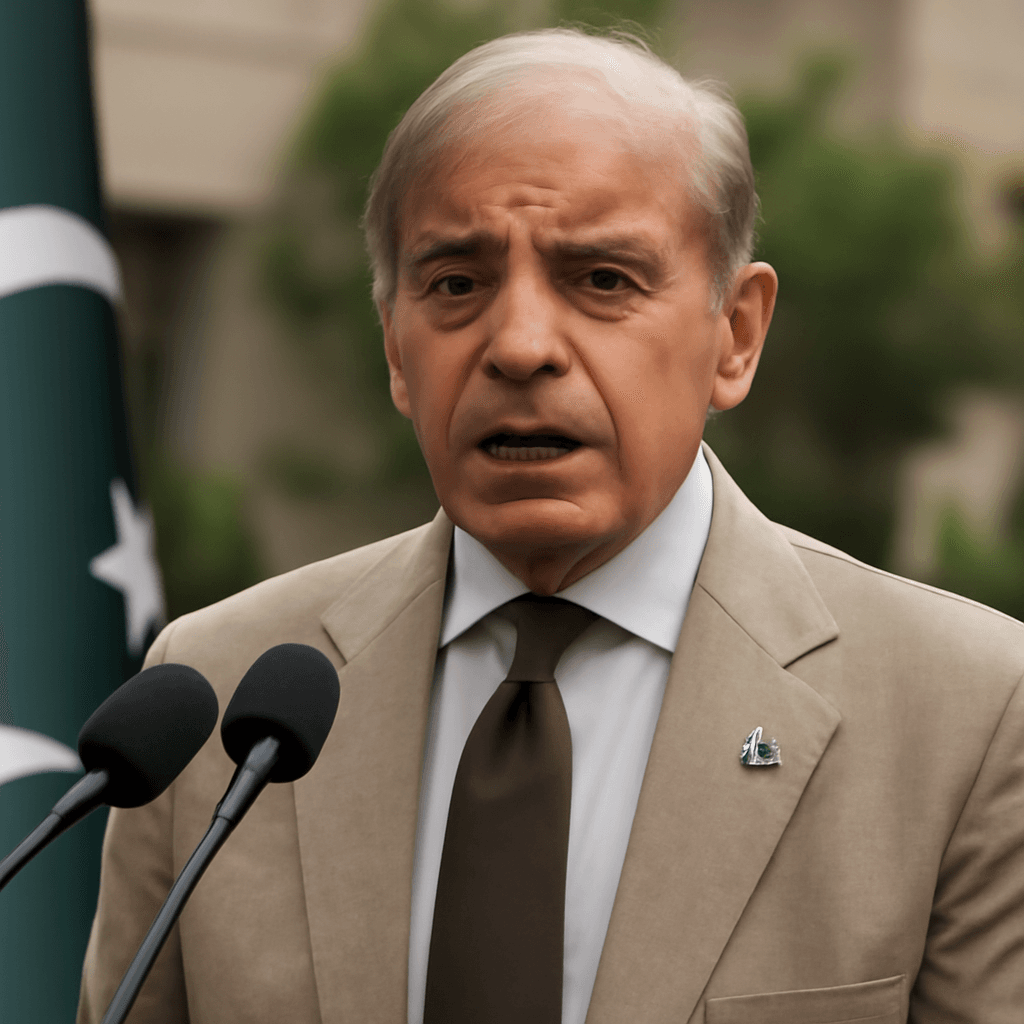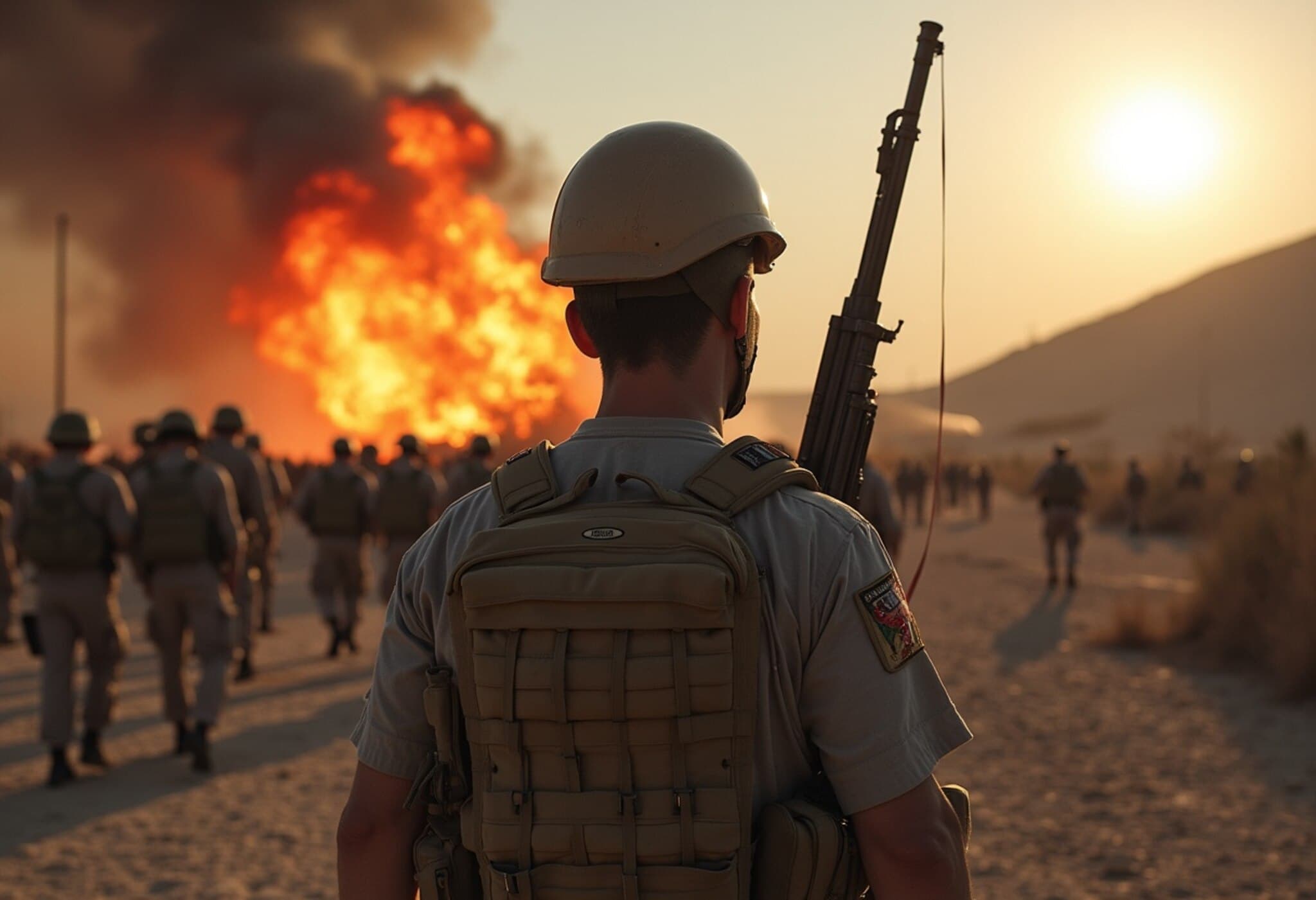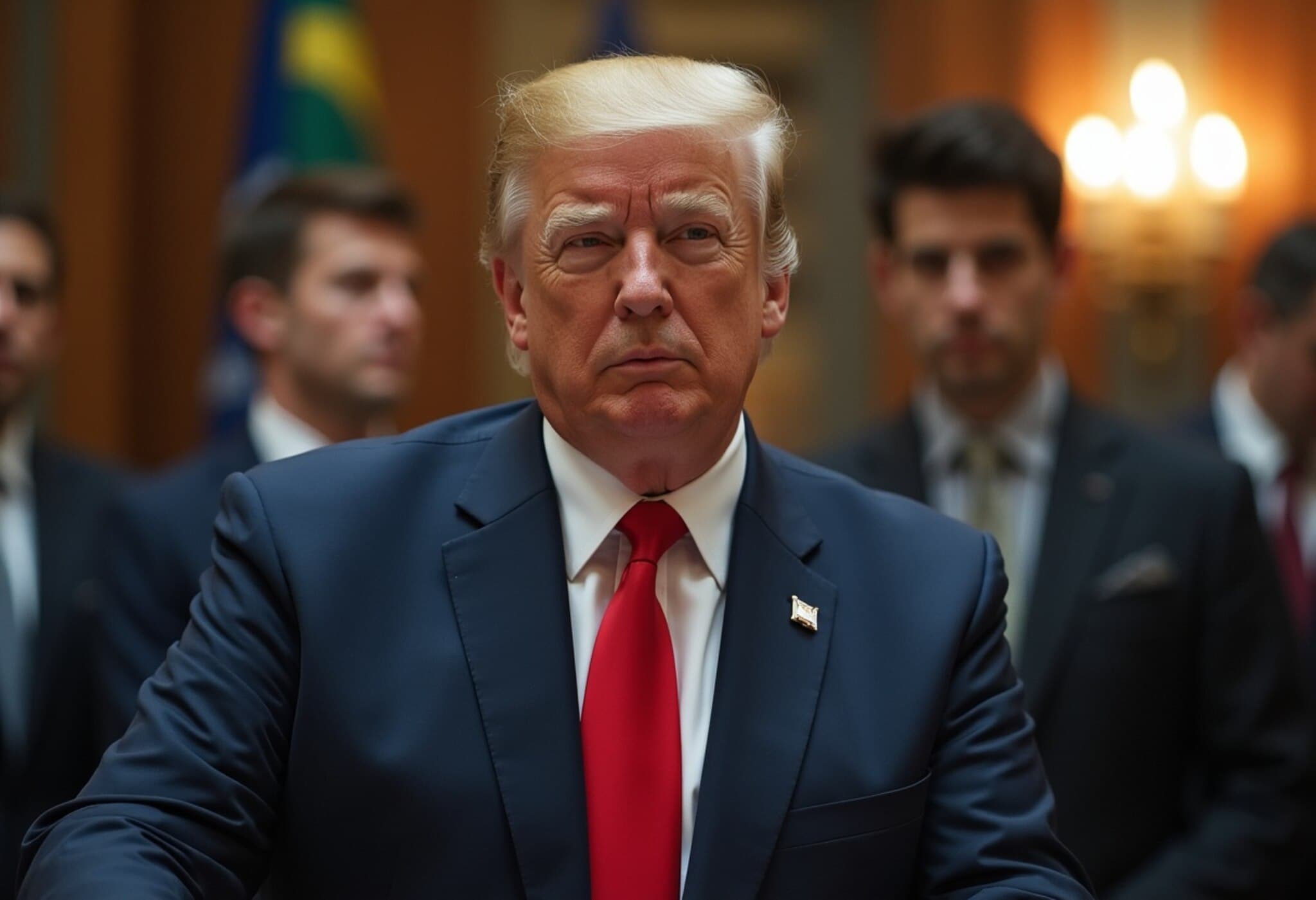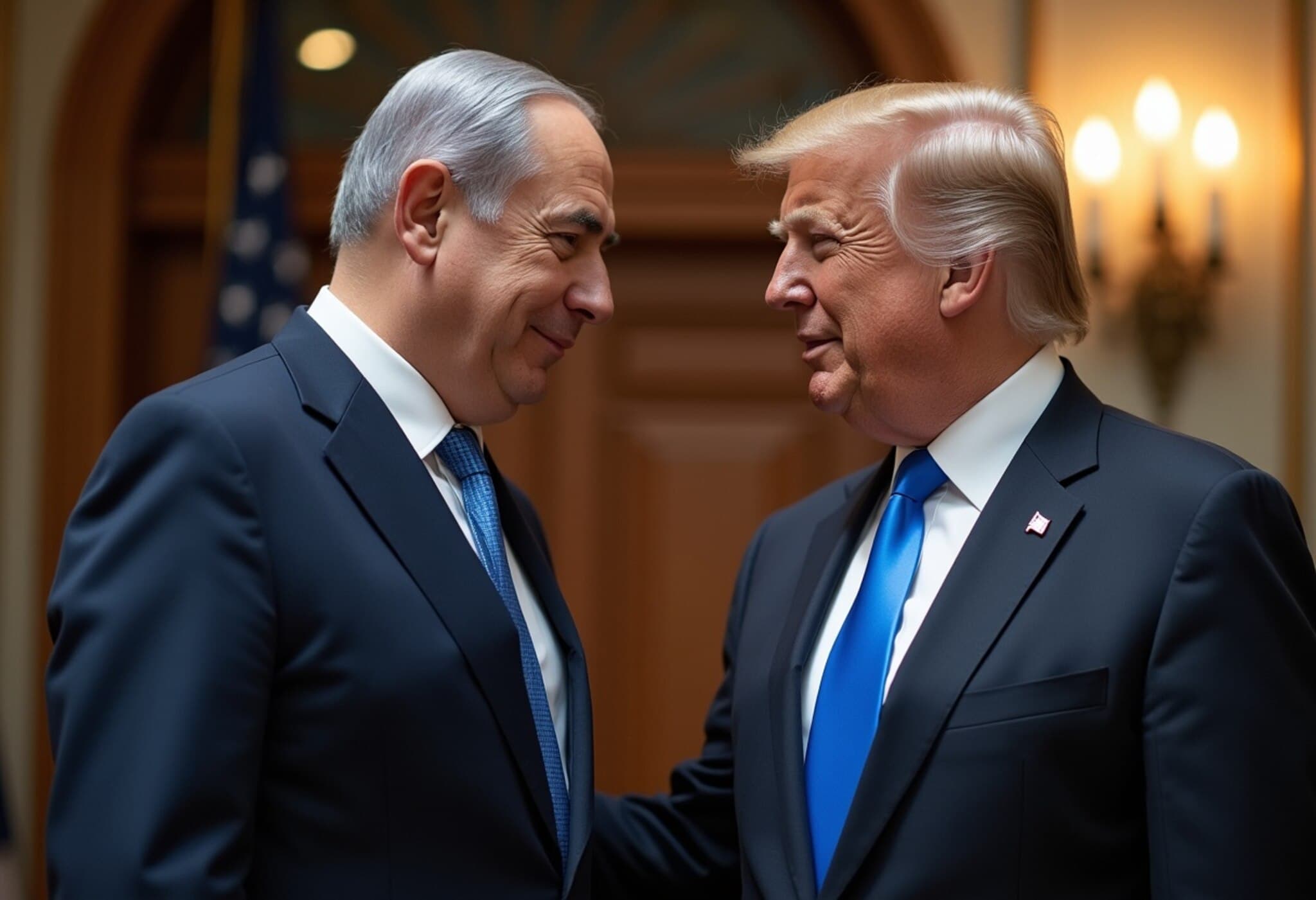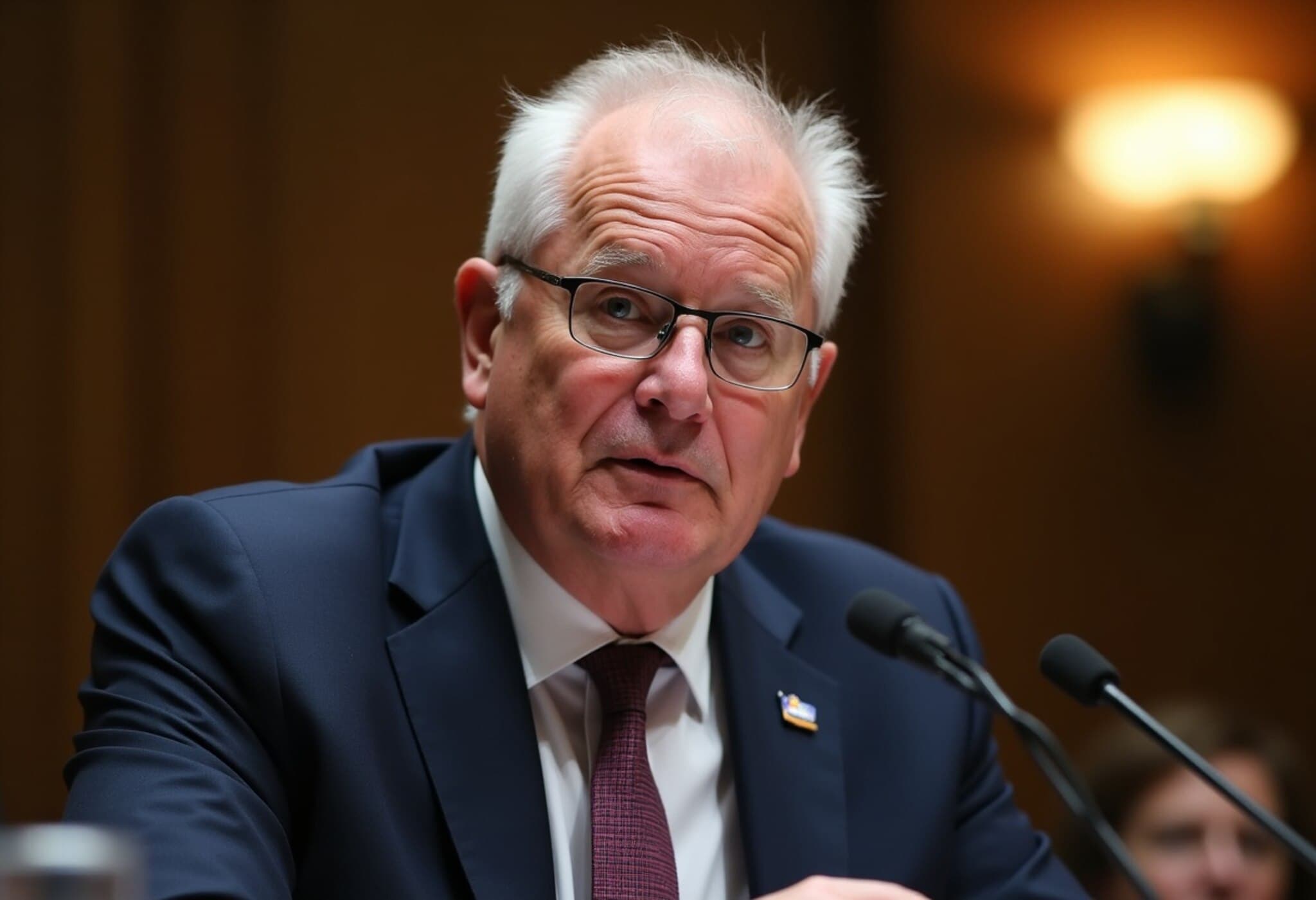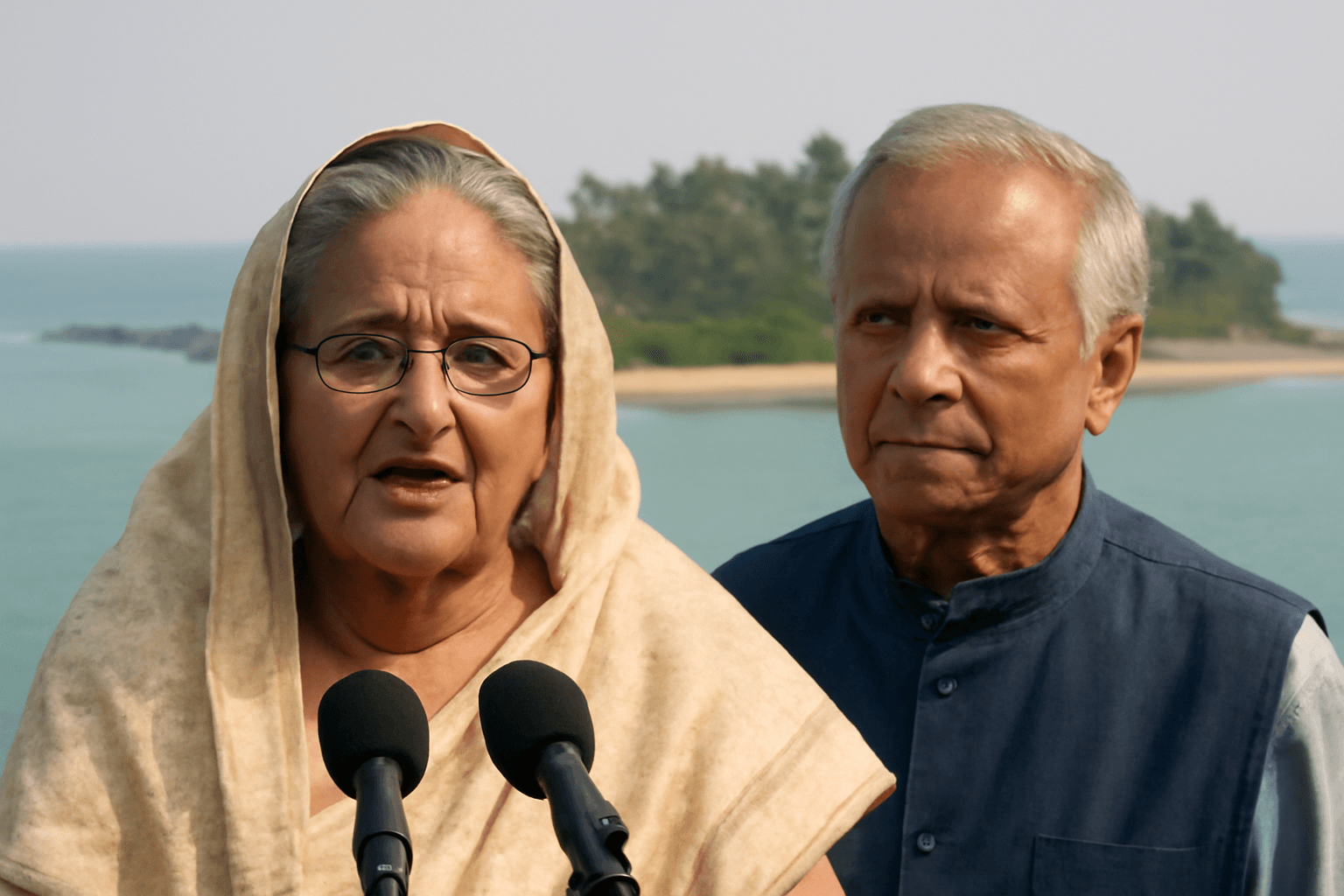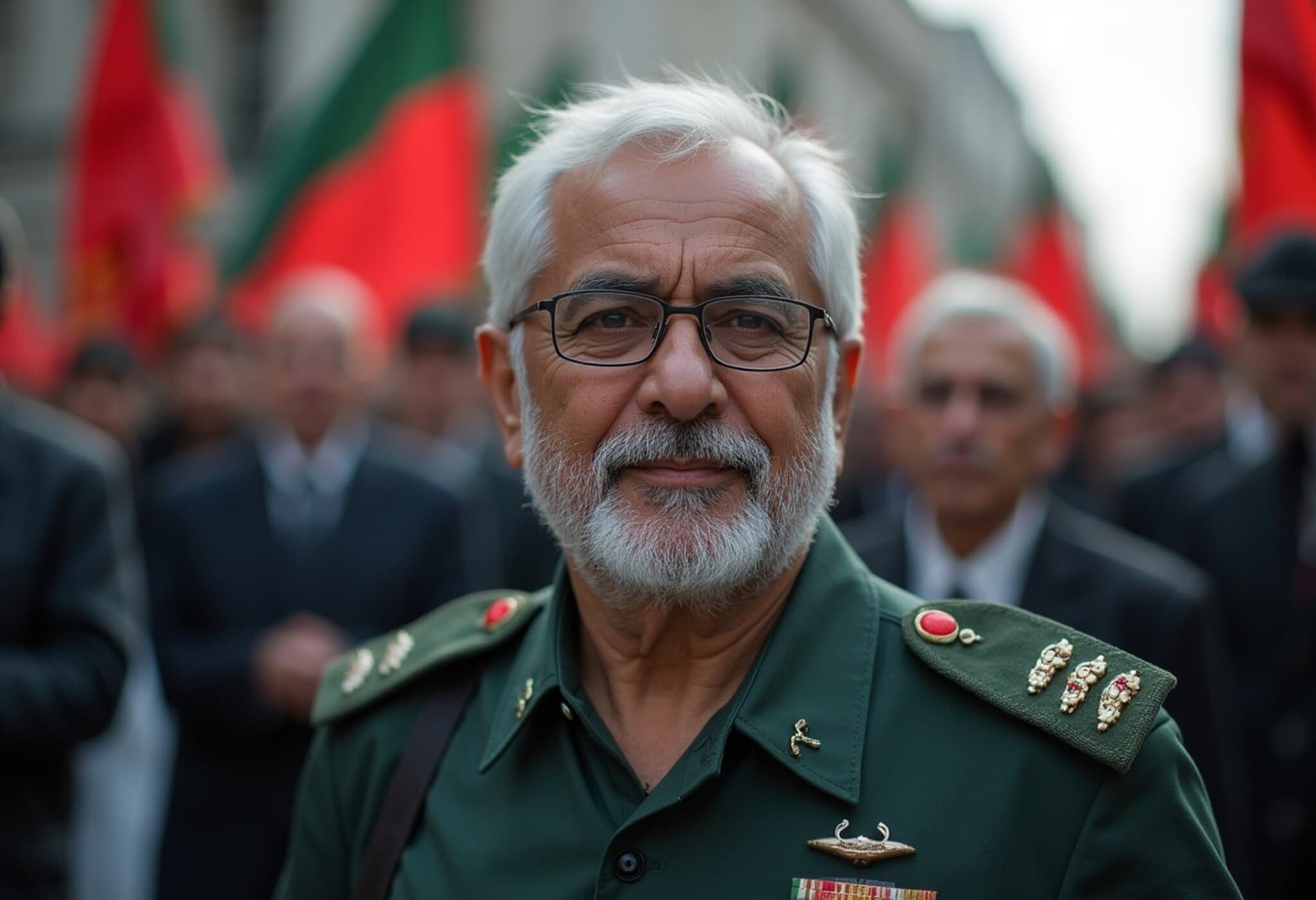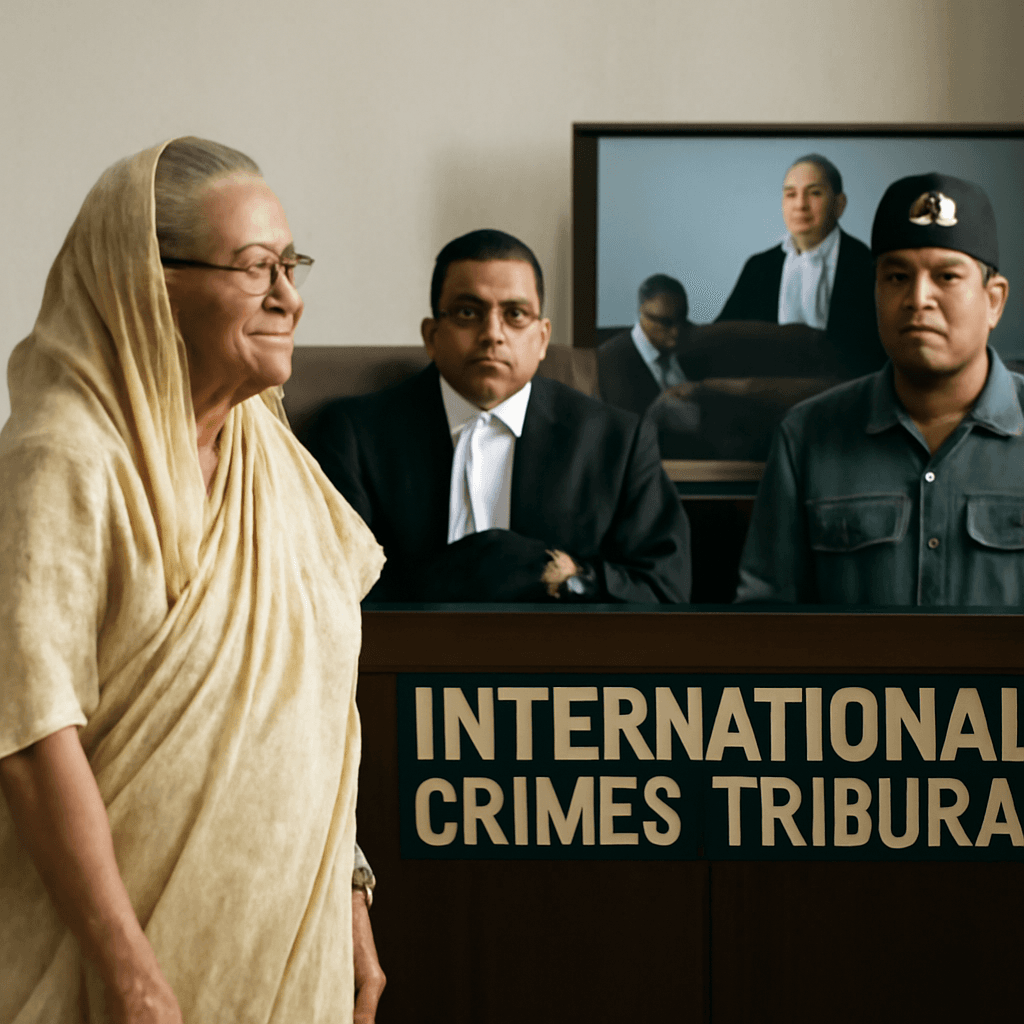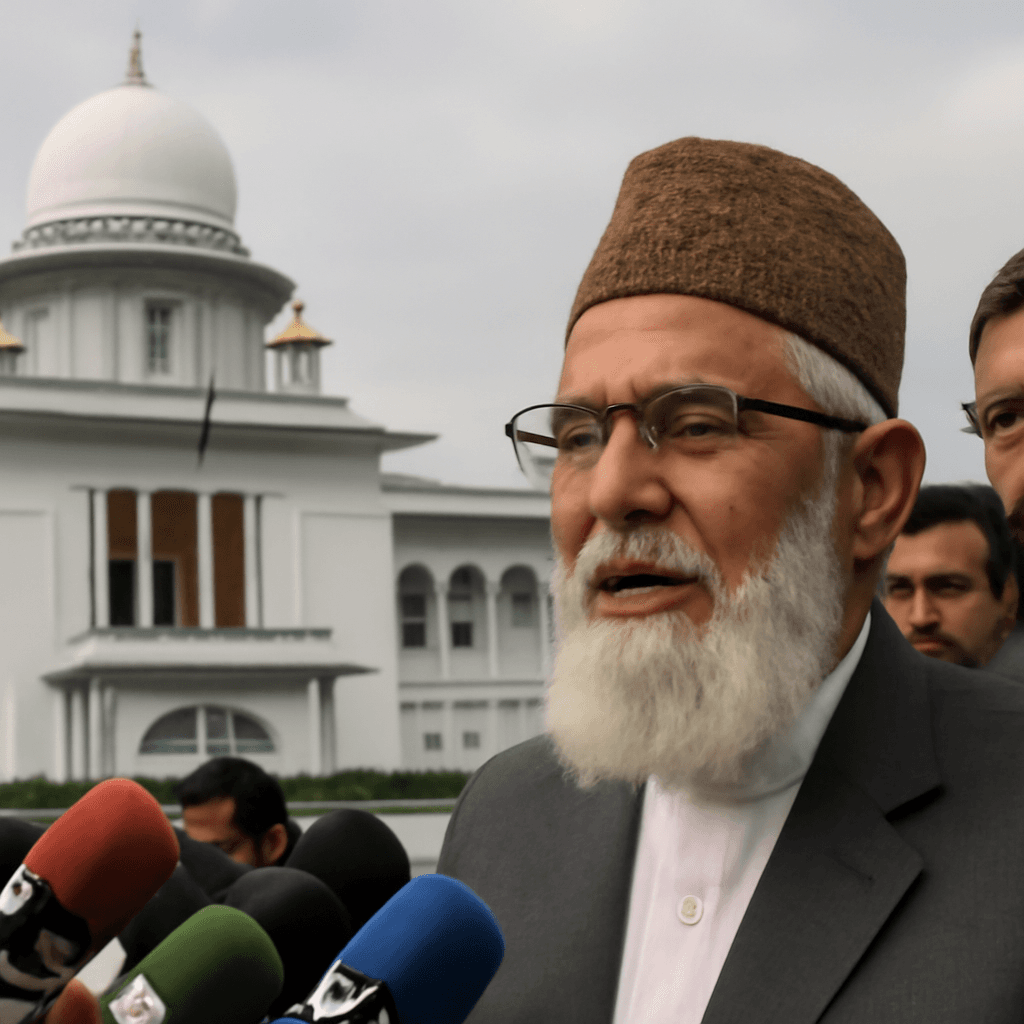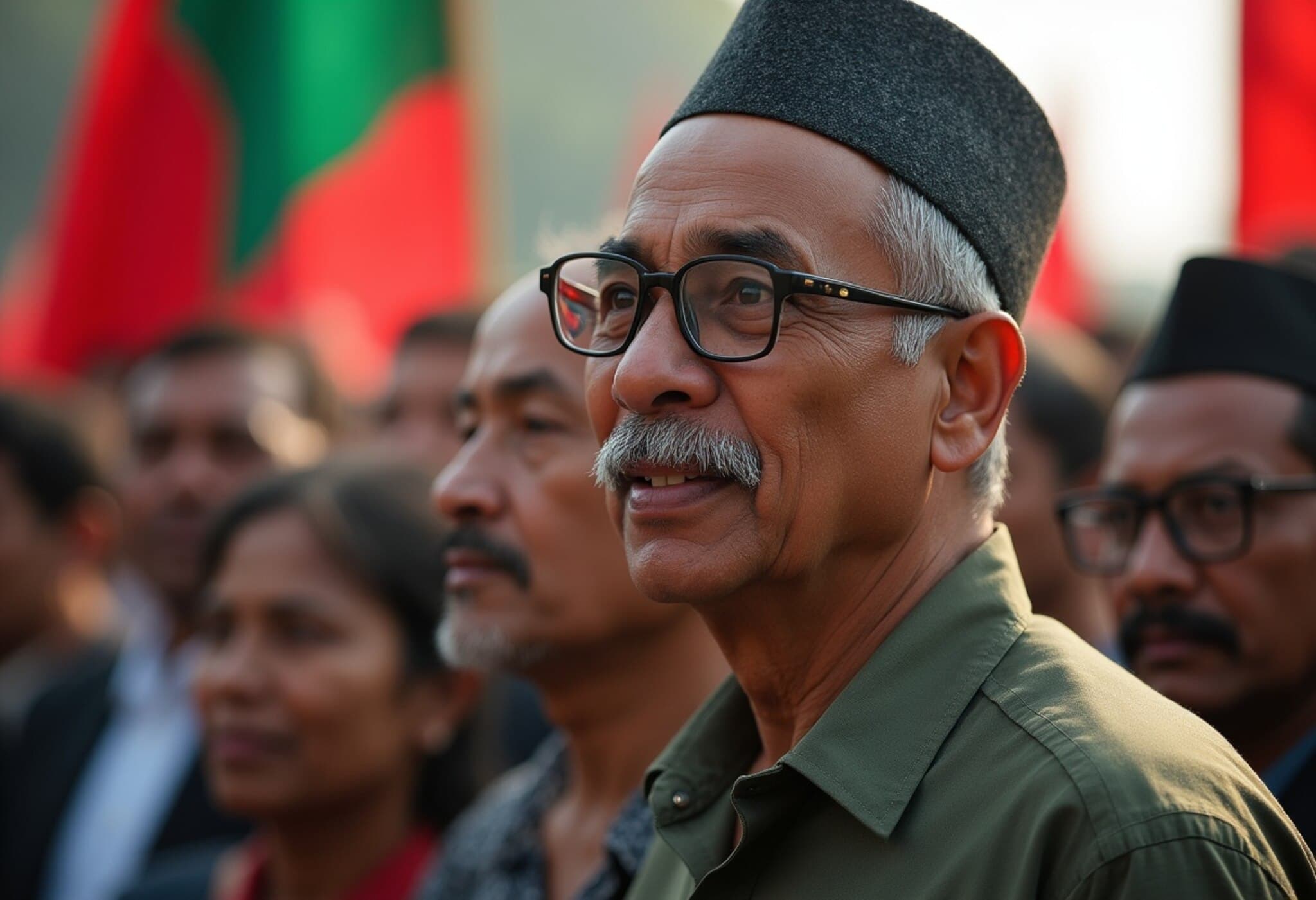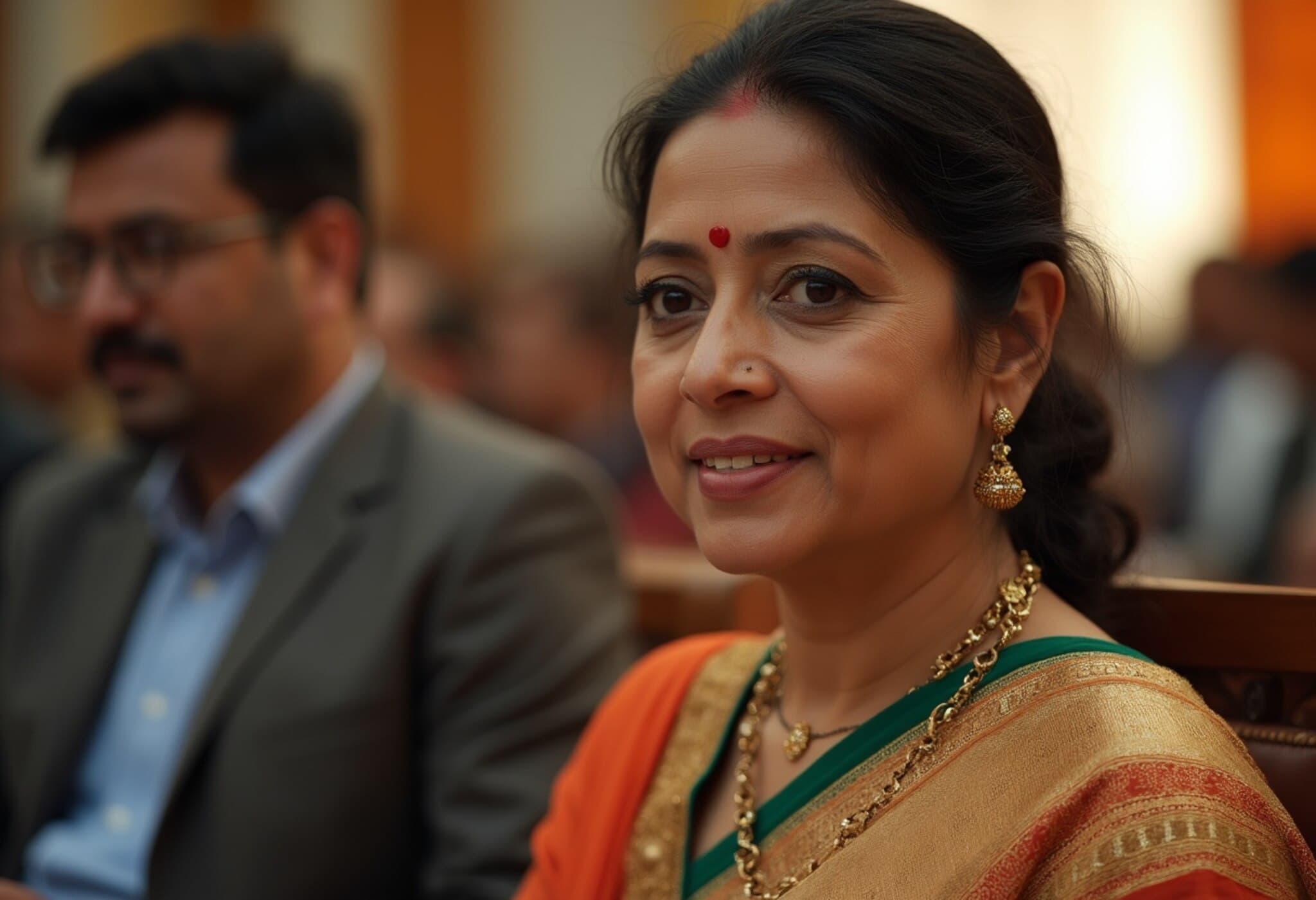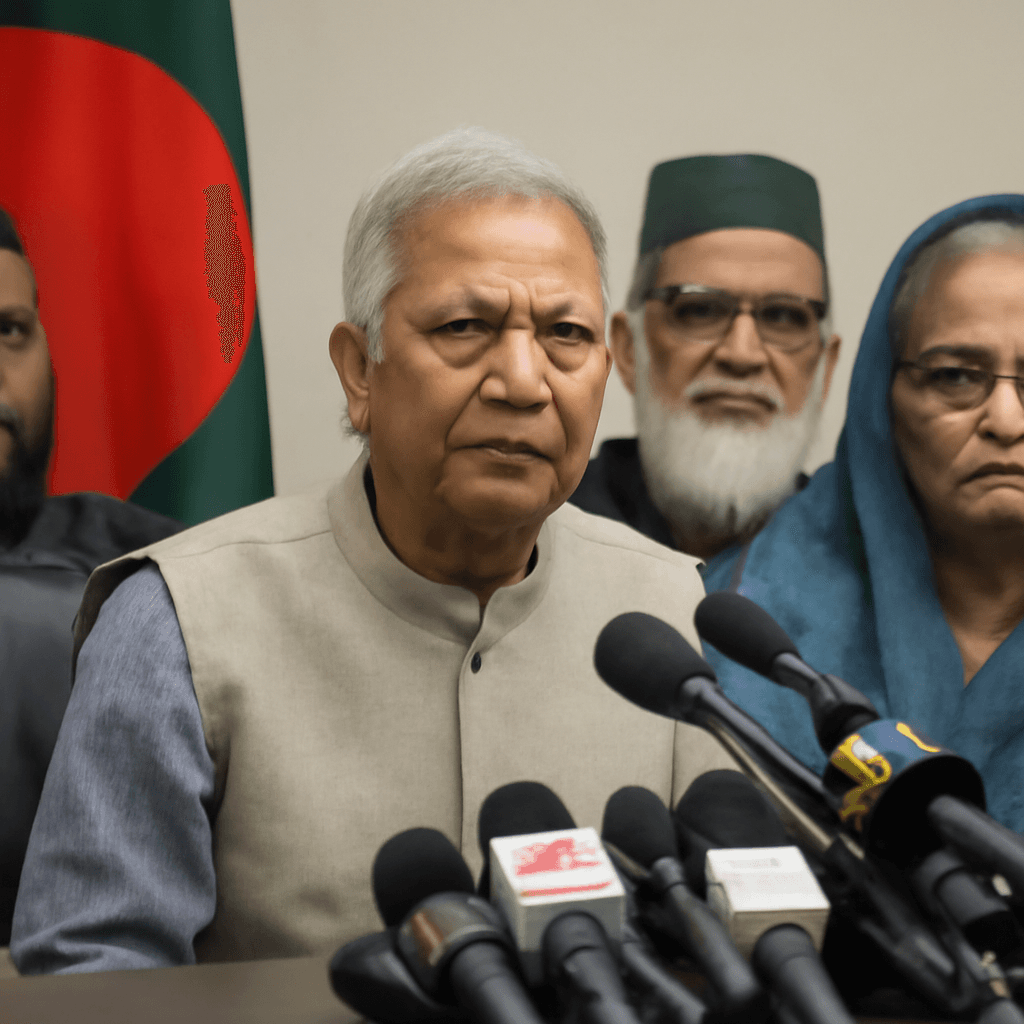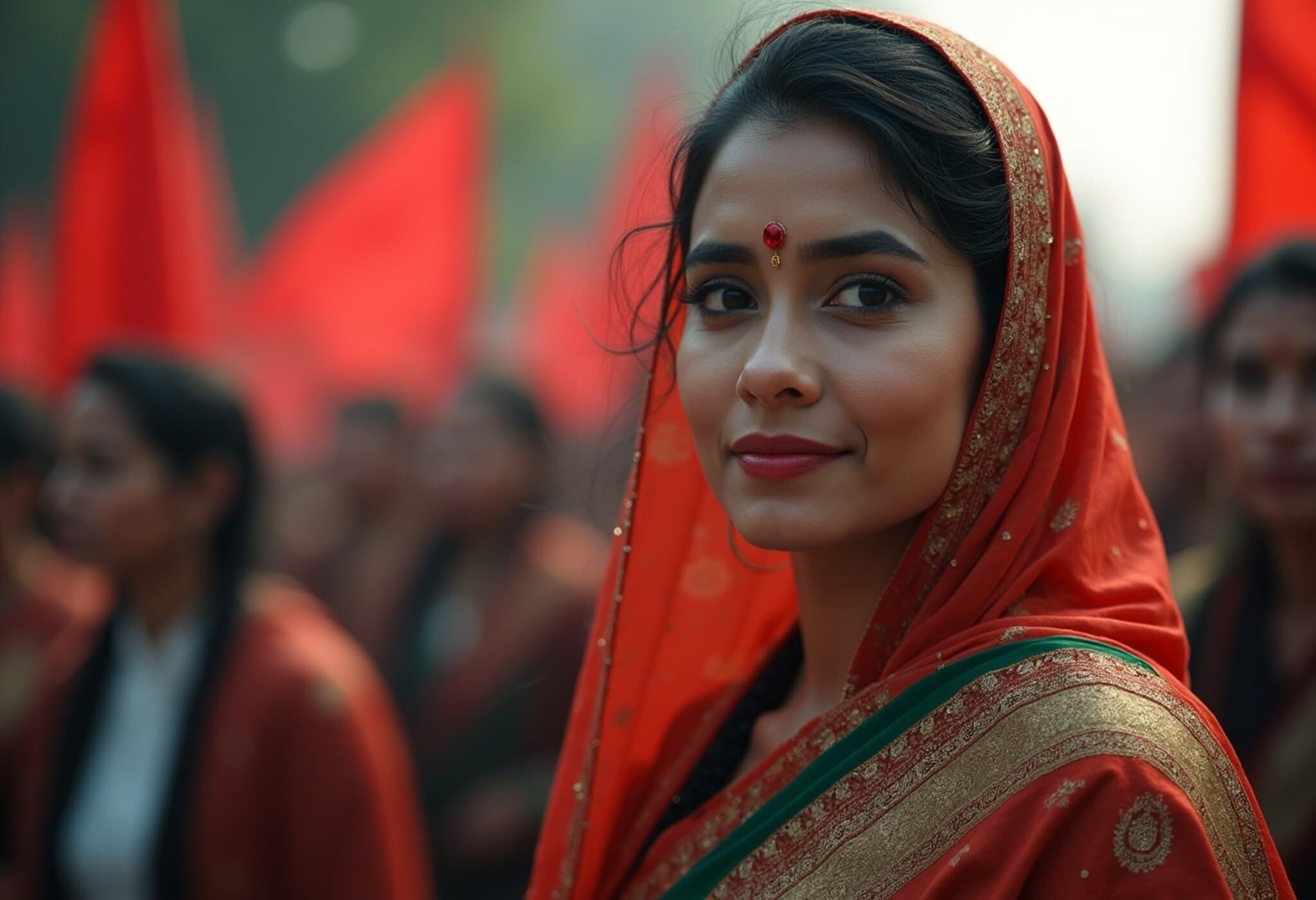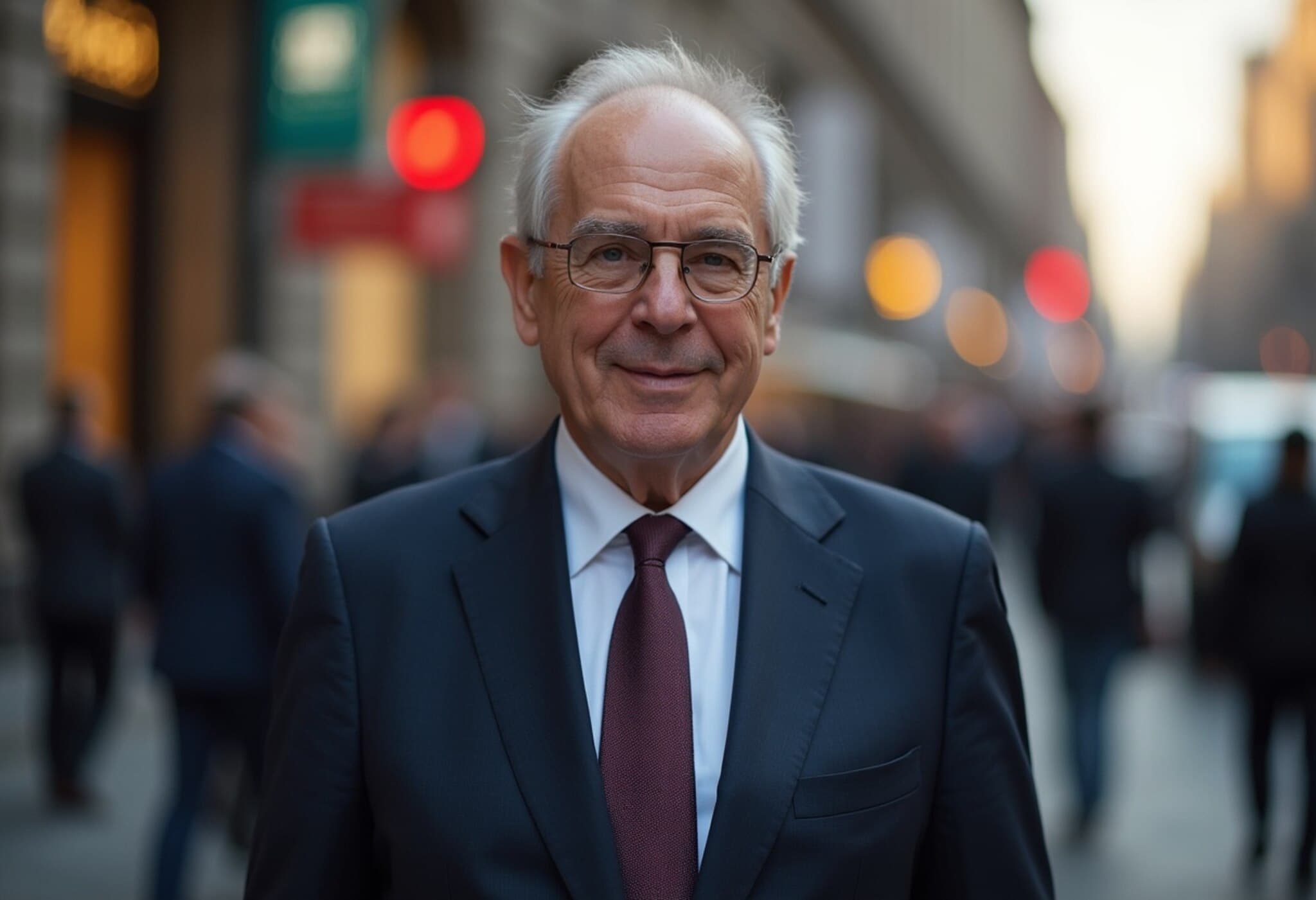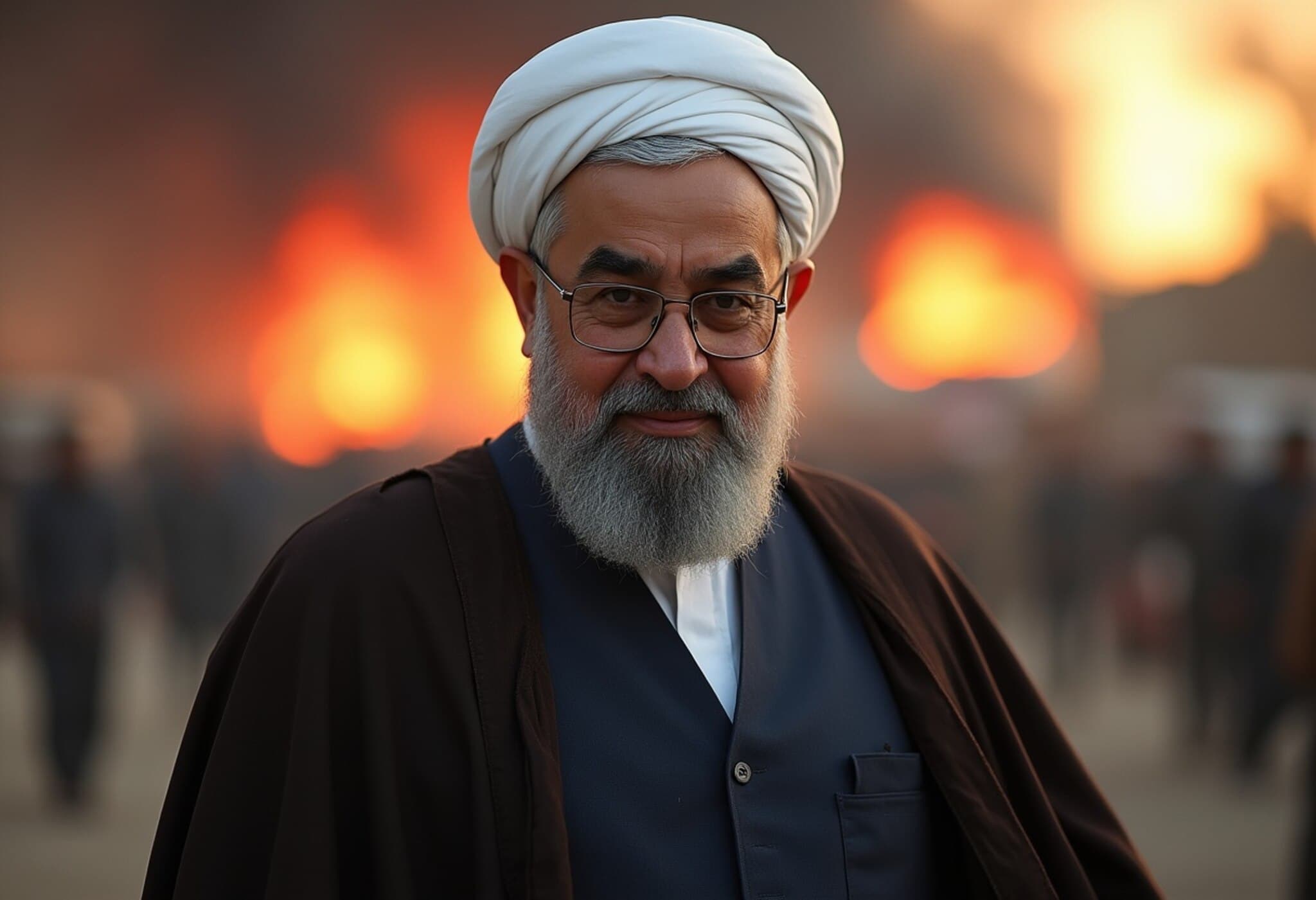Controversy Erupts Over Removal of President Shahabuddin’s Portraits from Bangladesh Missions
In a move stirring confusion and debate, portraits of President Mohammed Shahabuddin have been quietly removed from most of Bangladesh’s diplomatic missions abroad. This development follows the July uprising and has raised questions about the political undercurrents shaping the country’s interim government policies.
Unclear Directives and Verbal Orders
According to a recent The Daily Star report citing foreign ministry sources, the majority of Bangladesh's 82 overseas missions had already taken down the president’s portraits in the immediate aftermath of July’s political turmoil. Remaining missions that had delayed action were reportedly instructed last Friday to follow suit.
What has fueled speculation, however, is the nature of the directive. Ministry officials revealed that no formal written order exists; instead, the instruction to remove the portraits was conveyed verbally. This informal approach to such a significant diplomatic gesture is highly unusual and has left observers questioning the motives behind the decision.
Political Implications in the Context of Hasina-Era Appointments
President Mohammed Shahabuddin was appointed during Prime Minister Sheikh Hasina’s government, which adds a complex layer to this issue. The removal of his images from embassies—often symbolic representations of state authority and continuity—may signal a subtle distancing from Hasina’s administration by the current interim government.
Efforts to seek clarity from senior officials, including Foreign Secretary Asad Alam Siam and Director General Shah Asif Rahman of the Public Diplomacy Wing, were met with avoidance. This reluctance to provide explanations has only deepened concerns around transparency and governmental coherence during a politically sensitive period.
Official Statements and Public Perception
Deputy Press Secretary to the Chief Adviser, Azad Majumder, sought to quell rising tensions by outlining what he described as an unwritten “zero-portrait” policy. According to Majumder’s statement on Facebook, while official portraits have been discouraged from the outset by the interim government, there has been no formal mandate to remove them. He suggested that some individuals displayed portraits independently, which has now led to an inconsistent situation.
- Majumder argued that the issue is being magnified unnecessarily in public debate.
- He linked the controversy to political maneuvers intended to maintain momentum amid an upcoming election schedule.
Adding further nuance, Environment Adviser Syeda Rizwana Hasan said she learned about the removals only through media reports and was unaware of any government decision. She underscored the absence of discussion on the matter within the Advisory Council, emphasizing that if it had been a formal policy, it would have been presented and debated in official forums.
As for the impact on the looming elections, Hasan dismissed any connection between the portrait removals and electoral processes, considering the issue largely symbolic.
Contextualizing the Portrait Removal: Symbolism in Diplomacy and Domestic Politics
In diplomatic practice, portraits of presidents and heads of state are more than mere decoration; they symbolize legitimacy, continuity, and the state’s identity abroad. Removing such symbols without formal communication can indicate a subtle shift in political allegiance or a realignment of power dynamics. Given the backdrop of political unrest and an interim government managing a transitional phase, this move may reflect broader uncertainties and power plays within Bangladesh's political landscape.
Moreover, the absence of a written directive raises concerns about protocol adherence and transparency within the Ministry of Foreign Affairs, potentially affecting Bangladesh’s international standing.
Expert Insight: What This Means for Bangladesh’s Political Stability
Analyzing the situation from a policy perspective, the verbal nature of the instruction suggests a cautious approach by the interim government, possibly to avoid direct confrontation or to maintain flexibility amidst fragile political negotiations. However, such ambiguity can fuel speculation and mistrust domestically and internationally.
For the United States and other global partners invested in Bangladesh’s democratic trajectory, these developments signal the need to watch closely how transitional governance impacts diplomatic practices and institutional norms.
Editor’s Note
While the removal of President Shahabuddin’s portraits may seem a minor administrative detail, it carries potent symbolic weight in Bangladesh’s fraught political environment. The absence of formal written orders and reluctance by officials to clarify the matter speak to deeper questions about governance transparency during transitional periods. Observers should consider how such seemingly small actions fit into larger narratives of political legitimacy and power shifts. As Bangladesh approaches its next election, will these symbolic gestures foreshadow substantive changes in leadership and policy direction?

